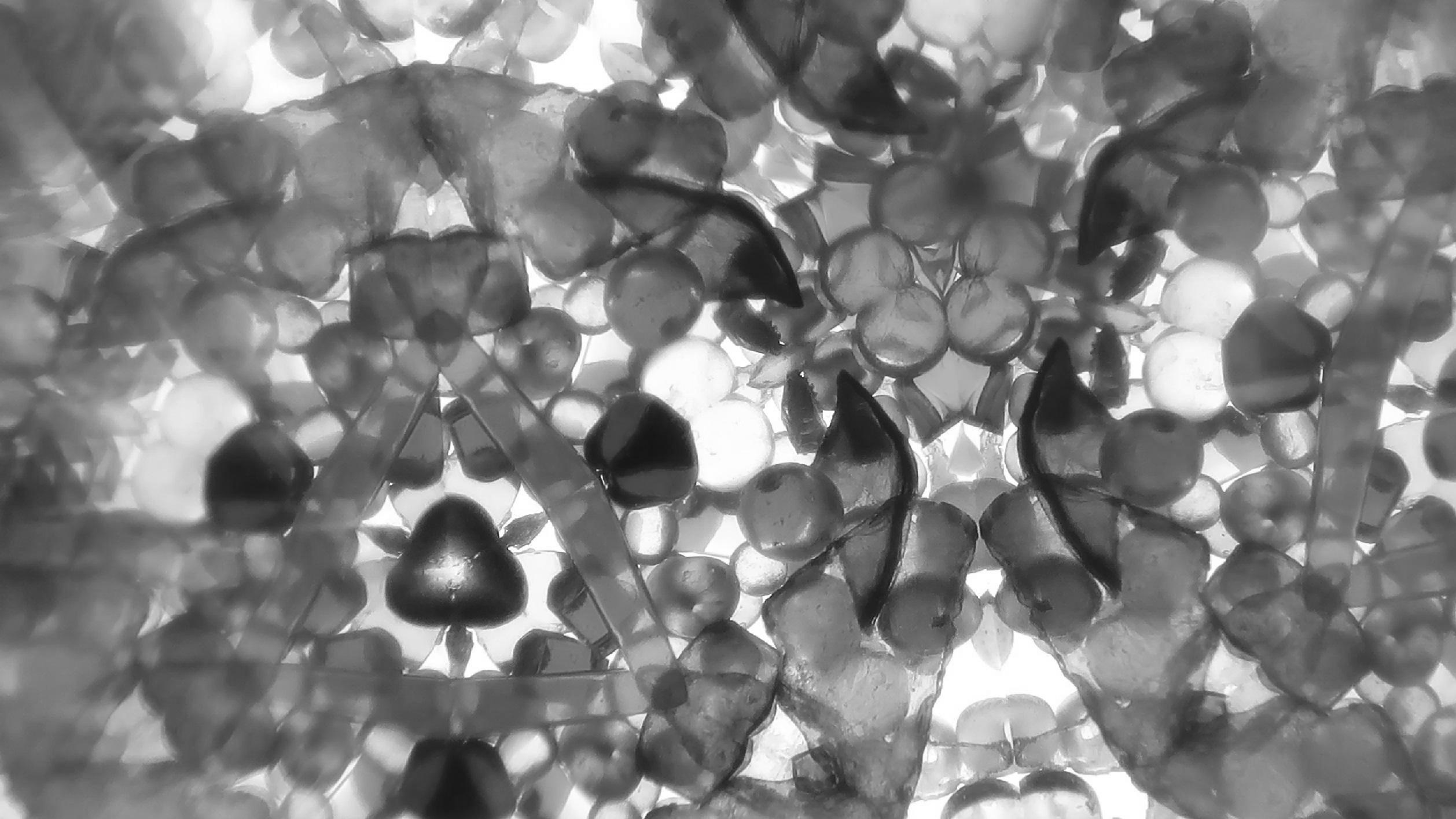
Your customer of tomorrow may be rather unlike your customer today. And if you are not connecting with them, there is a lot of catching up to do.
Wedged between heritage and changing customer behaviours, the world of luxury perhaps feels the need to remain relevant most acutely. In a recent fireside chat, we explored how, as the world’s largest luxury conglomerate, LVMH stays relevant in the face of changing demographics and rapidly evolving trends.
From a financial perspective, maintaining relevance involves ensuring that LVMH brands uphold great consistency in the face of competition, which, in turn, encourages a broader and less constrained sense of creativity.
To stay relevant, get creative
Heritage is at the heart of luxury brands and a significant aspect of their allure. Even so, it needs to be interpreted – and reinterpreted – to reflect the times. One of the complexities of managing luxury brands relates to the articulation of heritage vs. modernity. That is where creativity comes in.
At LVMH, heritage is presented in a modern way through creativity around its three pillars: product design, storytelling and client experience. But for a business group with over 75 luxury brands, there is no standard model.
In practice, creativity needs to be delegated to the people close to the business and the customers. This means that individual brands and business units within the group must have the autonomy to make decisions – from products to distribution, manufacturing and other support functions. In-store experience cannot be replaced, but in the age of online shopping, creativity helps create value for the customers beyond a mere transaction. In other words, it is about establishing a memorable customer experience.
Of course, the balance between heritage and creativity varies with the product category. Take luxury watches and fine wines, where many classics are not expected to evolve significantly. Even if little creativity is required in the design of these luxury products, creative storytelling is much needed, as exemplified in the storytelling mastery of luxury watch maker Patek Philippe.
Leveraging technology for creativity and growth
In fashion and luxury, the age of artificial intelligence (AI) has brought data analytics to a new level. This can potentially boost creativity and growth. Through the smart management of large pools of data, AI can play an important role in the development of products – even the art of cognac making, which is traditionally the domain of trained professionals.
At Hennessy, for example, cognac-making involves a team of seven members tasting over 30 samples every day to arrive at their joint evaluation. While the large volumes of data produced daily is beyond human capabilities to analyse, perhaps AI could one day overcome human limitations by creating relationships and rules to document the complexity of the different taste profiles. Today, this is not yet a reality. But the possibility of leveraging AI to further knowledge in a domain traditionally dependent on human expertise refined over years is an exciting prospect.
AI – when associated with other technologies such as virtual reality – is also a game changer in the world of fashion, not by replacing in-store experience, but enabling consumers to “experience” different products before even stepping into a store. AI tools can help customers identify products that fit them well and allow brands to personalise their recommended products to individual customers. The effectiveness of such features is highly dependent on whether brands succeed in creating truly representative avatars of the consumer in three-dimension.
Non-fungible tokens (NFTs) can also be a powerful marketing tool when associated with an actual product (be it existing or future). Just picture this: If an exclusive bottle of Château d’Yquem were to be introduced, creating NFTs of the bottle could generate interest, ahead of the launch, in the exquisite Sauternes wine – the only Premier Cru Supérieur in its category – and its unique bottle.
Fundamentally, brands should embrace AI and other technologies with creativity if they want to enhance the value of the brand and the group, bearing in mind that value may not always directly be of a financial nature. These tools can bring intangible benefits, such as enhancing storytelling and increasing brand equity. Creativity, facilitated by technology, takes time before financial benefits materialise. Luxury has a long time horizon, so it is uniquely positioned to benefit from the positive effects of creativity.
Strategies for staying relevant
In the quest to keep their products relevant, companies must look beyond product offerings. One way is to create experiences around products and brands that are meaningful and authentic, as Louis Vuitton and LOEWE did. The artistic directors of these LVMH maisons have built complete brand cultural universes. This involves crafting consistent narratives, brand identities and sets of values that resonate with target audiences and differentiate the brand – such as causes that their customers and audiences can connect with. This is very salient in the case of Maria Grazia Chiuri, Dior’s creative director since 2016, who marries fashion with empowering women and girls in their local communities.
Going a step further into the future, brands can build brand equity and relevance among their potential customers. For example, Sephora readily gives away samples to students visiting their stores. Even if these students may lack purchasing power today, their positive experience and exposure to Sephora products make them more likely to become loyal customers in the future. In other words, brands can enlarge their brand message to a wider audience.
Another often overlooked element is the people within the organisation. An organisation is a living body nourished by its people, and people are an important part of the company’s culture. In particular, new employees, such as the artistic directors of Louis Vuitton and Dior mentioned earlier, are important actors in shaping the culture by bringing in new ideas and energy to the brand, and eventually driving financial performance.
“INSEAD, a contraction of “Institut Européen d’Administration des Affaires” is a non-profit graduate-only business school that maintains campuses in Europe, Asia, the Middle East, and North America.”
Please visit the firm link to site





